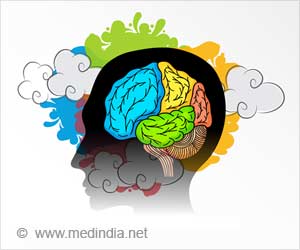A new survey has found that an estimated 7.7 million children in the United States (16.5 percent) have at least one mental health disorder and about half didn't receive treatment from a mental health professional.

For example, the prevalence of children with at least one mental health disorder ranged from 7.6 percent in Hawaii to 27.2 percent in Maine and the prevalence of children with a mental health disorder not treated or counseled by a mental health professional ranged from 29.5 percent in Washington, D.C., to 72.2 percent in North Carolina.
Policy efforts to improve treatment across the states are needed.
Author: Daniel G. Whitney, Ph.D., and Mark D. Peterson, Ph.D., of the University of Michigan, Ann Arbor
(doi:10.1001/jamapediatrics.2018.5399)
Editor's Note: The article includes funding/support disclosures. Please see the article for additional information, including other authors, author contributions and affiliations, financial disclosures, funding and support, etc.
Advertisement















